Personal Study
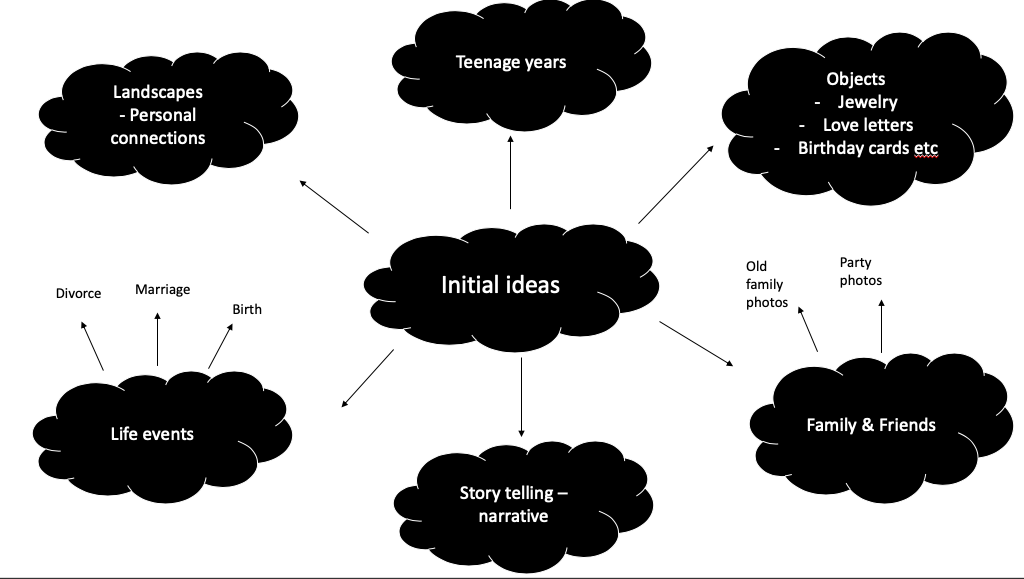
BELOW IS A MOOD BOARD:
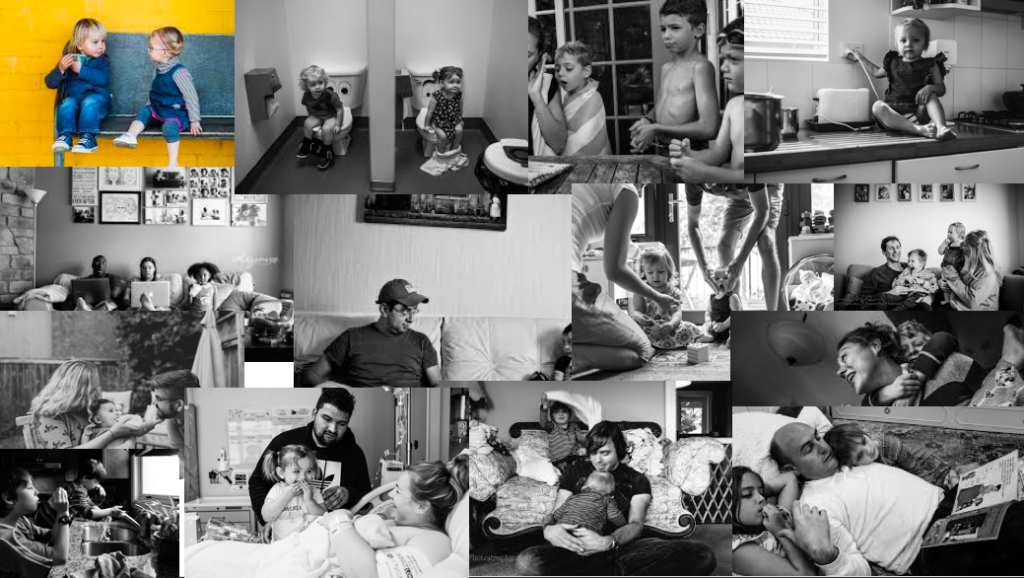
Personal Study

BELOW IS A MOOD BOARD:

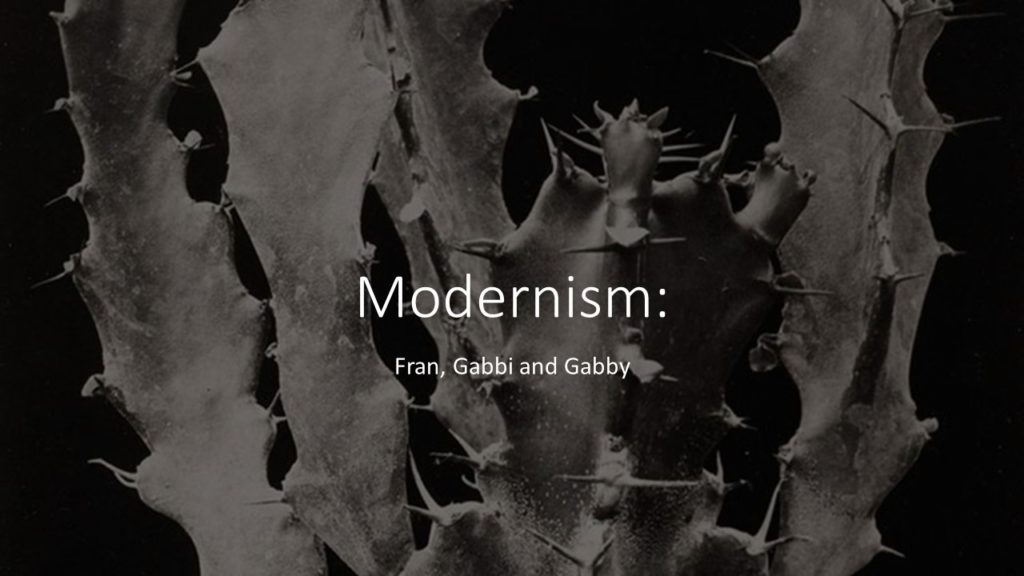

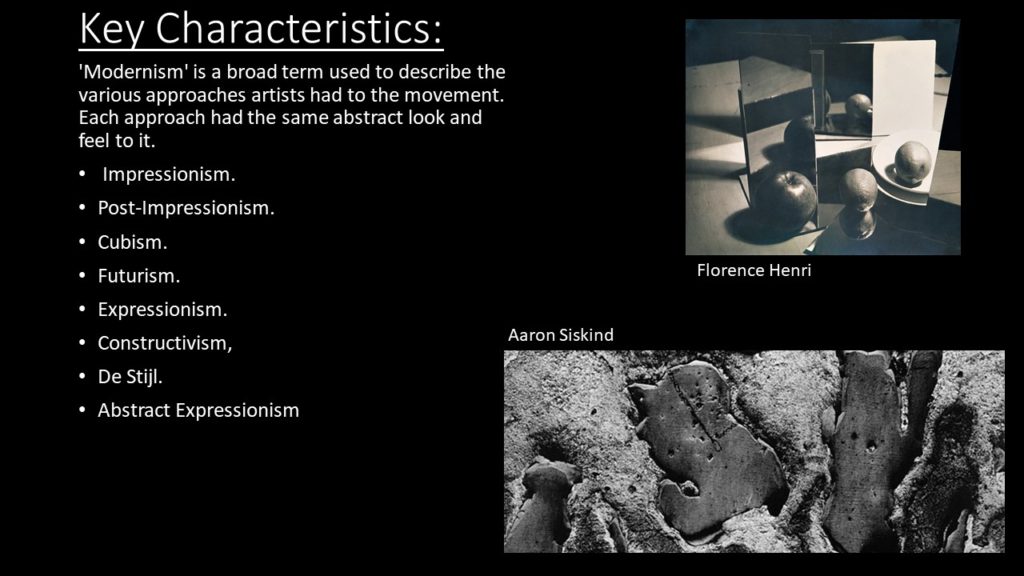
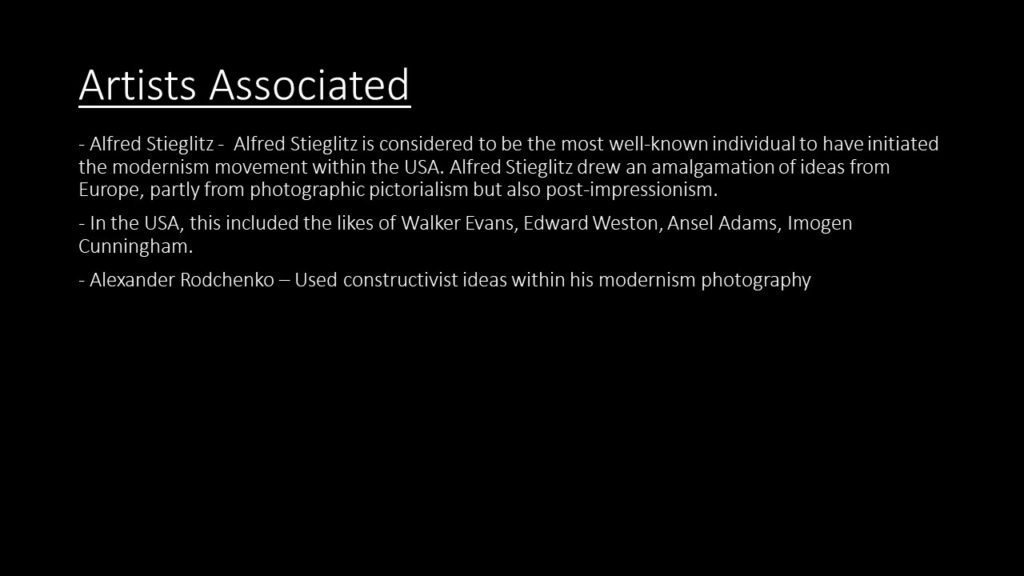
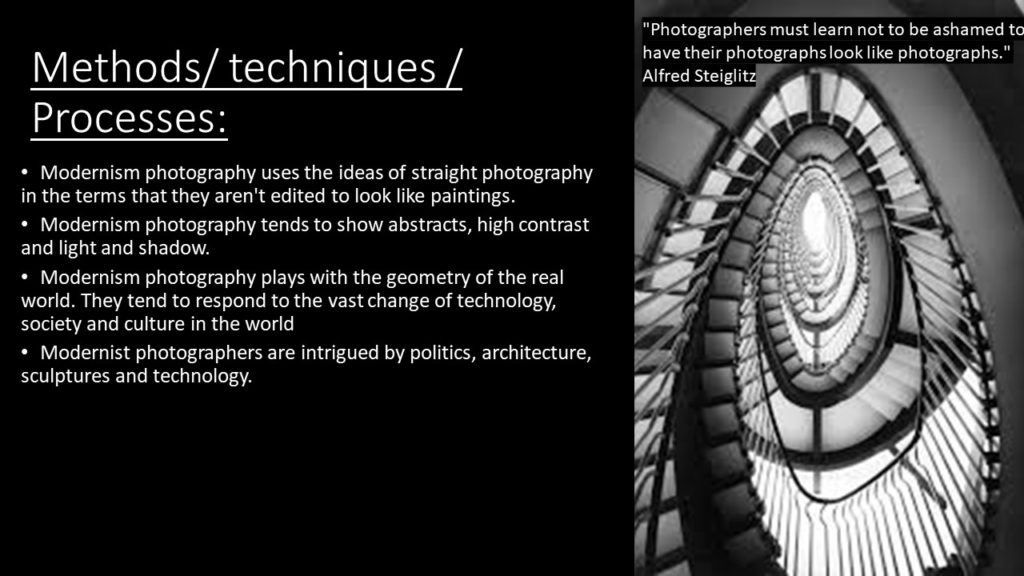

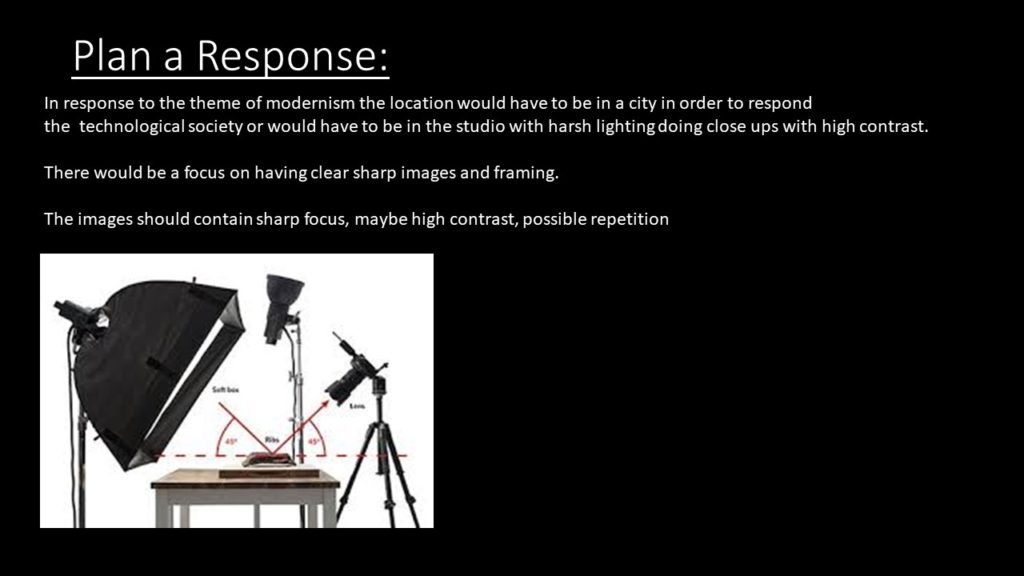
Postmodernism can be seen as a reaction against the ideas and values of modernism, as well as a description of the period that followed modernism’s dominance in cultural theory and practice in the early and middle decades of the twentieth century. The term is associated with skepticism, irony and philosophical critiques of the concepts of universal truths and objective reality.
The time period that post-modernism boomed was 1970 to present day. As an art movement postmodernism to some extent defies definition – as there is no one postmodern style or theory on which it is hinged. It embraces many different approaches to art making, and may be said to begin with pop art in the 1960s and to embrace much of what followed including conceptual art, neo-expressionism, feminist art, and the Young British Artists of the 1990s, for example, the infamous Andy Warhol.
Postmodernism was a reaction against modernism and created to be ‘anti-art’. Modernism was generally based on idealism and a utopian vision of human life and society and a belief in progress. It assumed that certain ultimate universal principles or truths such as those formulated by religion or science could be used to understand or explain reality. Modernist artists experimented with form, technique and processes rather than focusing on subjects, believing they could find a way of purely reflecting the modern world.
Characteristics of Post-modernism
Post-modernism is used to express references from outside of the artwork, including the ideas of politics, culture, social and underlying historical issues within society.
Post-Modernism artists and influences
Damien Hirst

Away from the Flock is a floor-based sculpture consisting of a glass-walled tank filled with formaldehyde solution in which a dead sheep is fixed so that it appears to be alive and caught in movement. Thick white frames surround and support the tank, setting in brilliant relief the transparent turquoise of the solution in which the sheep is immersed. Away from the Flock is unusual for a Hirst sculpture in that it exists in three versions, all created the same year, of which ARTIST ROOM’s is the third.
Andy Warhol

Jeff Koon

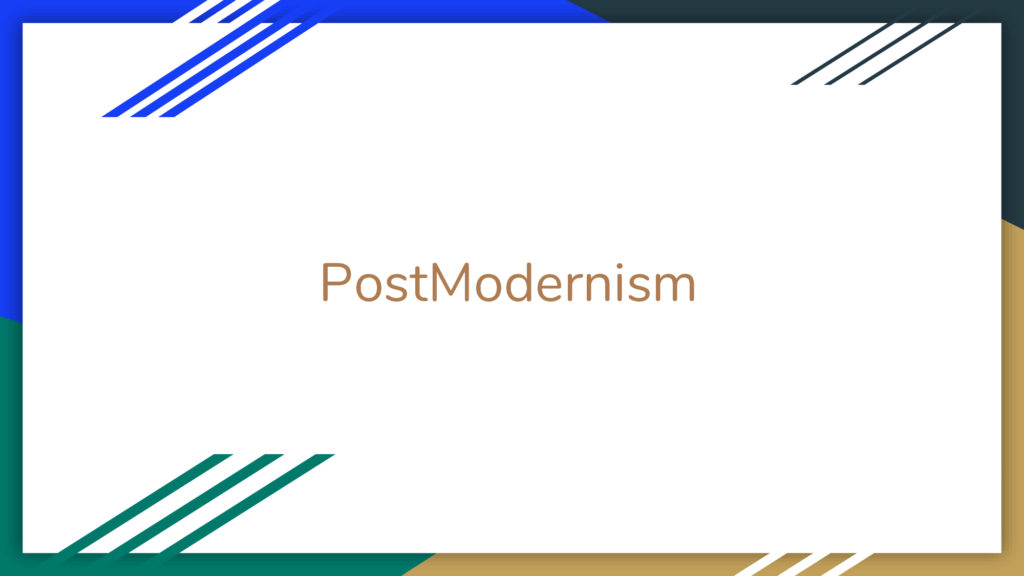
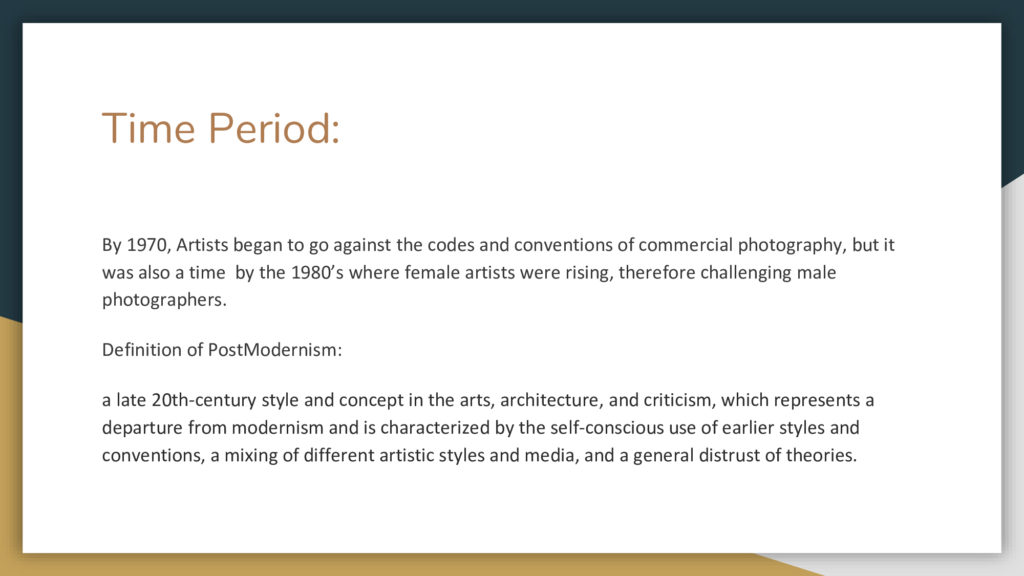
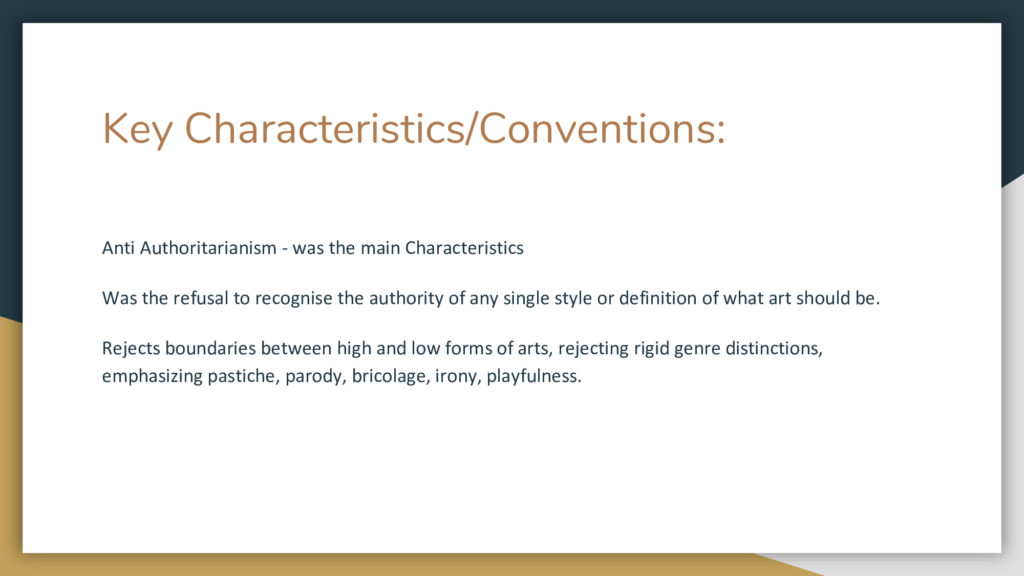


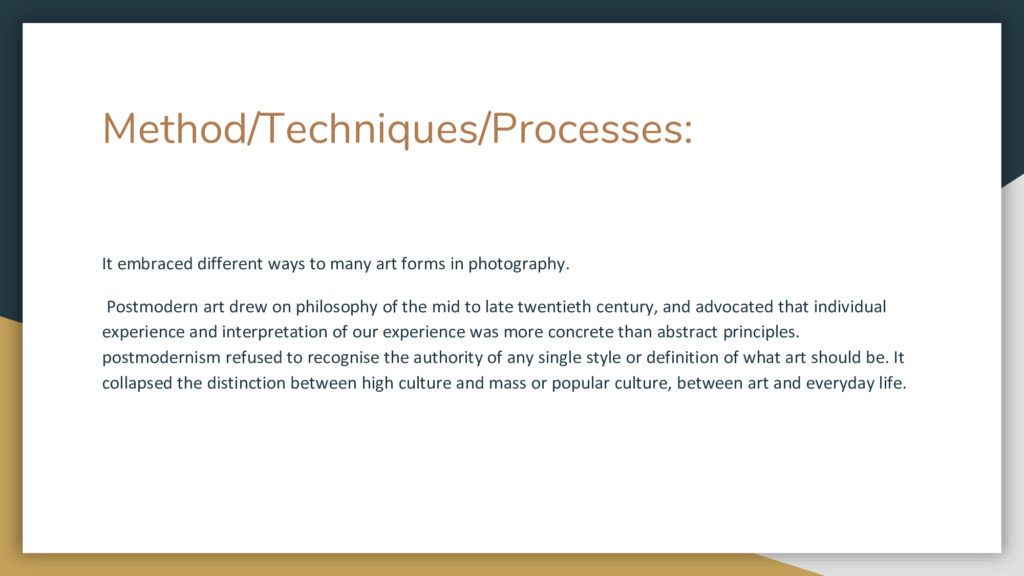
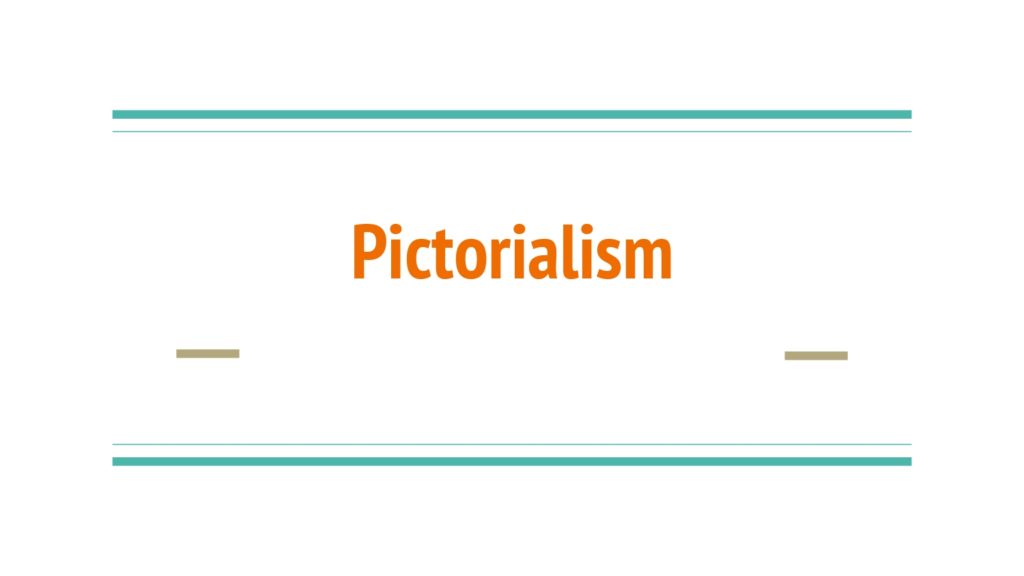
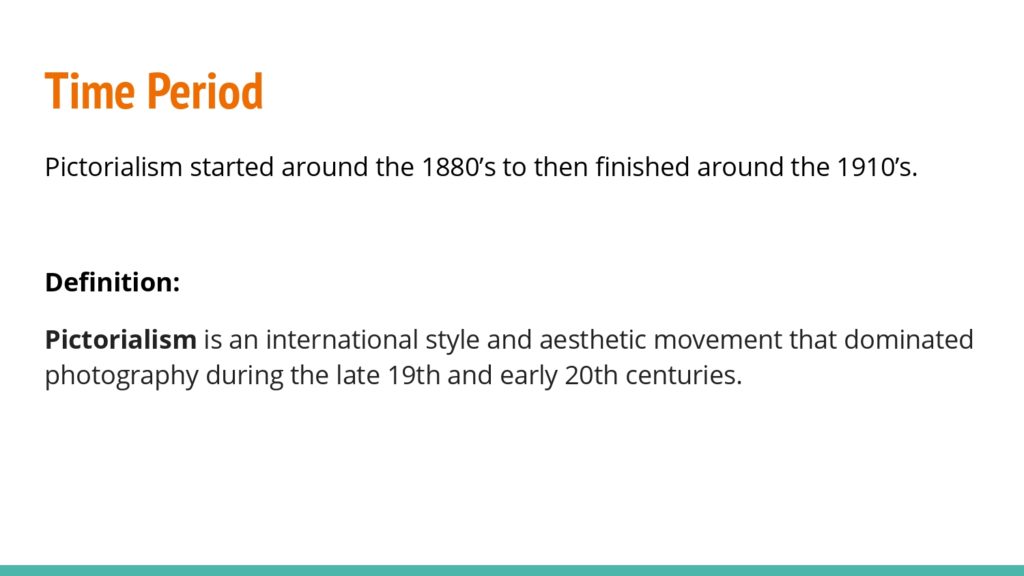

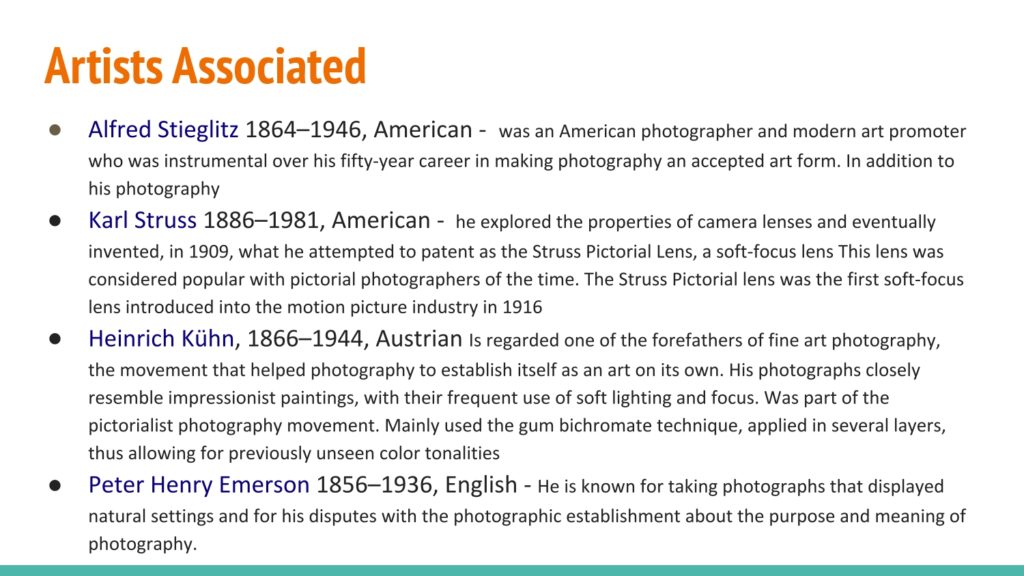
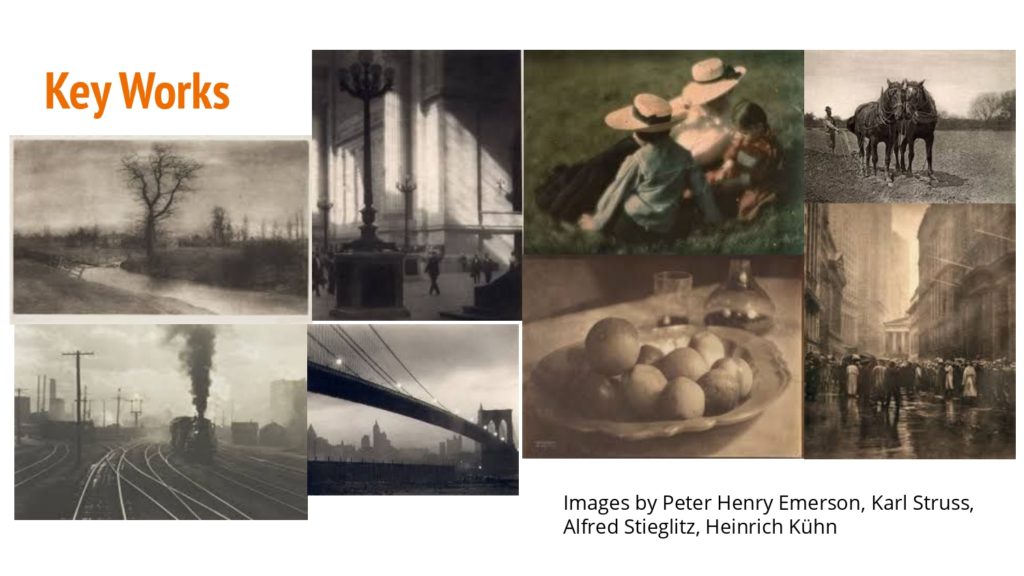
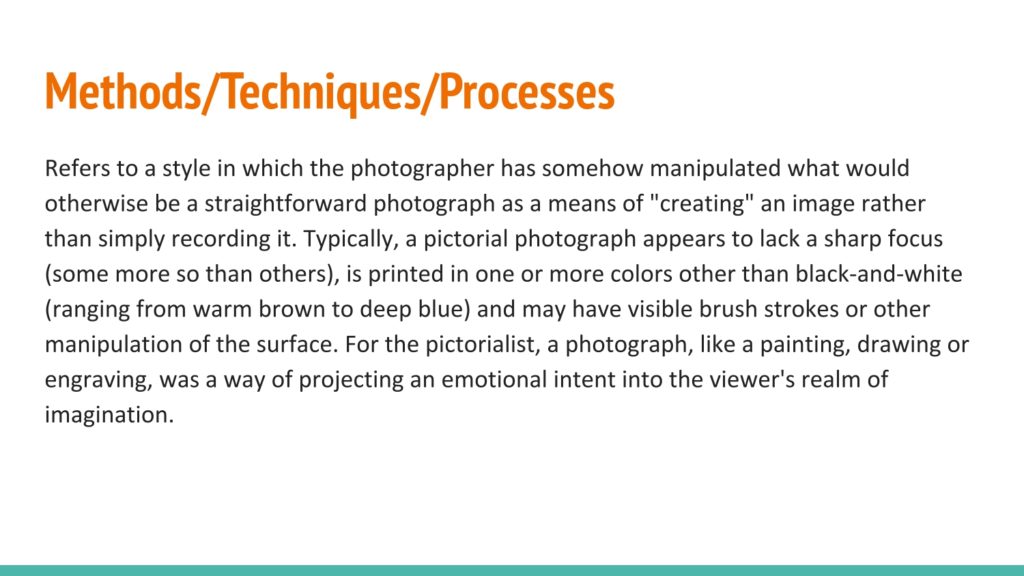
PICTORIALISM
Time period:
Key characteristics/ conventions:
Artists associated:
Key works:
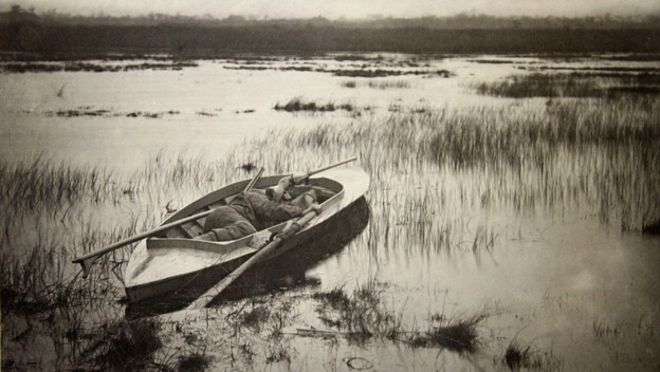


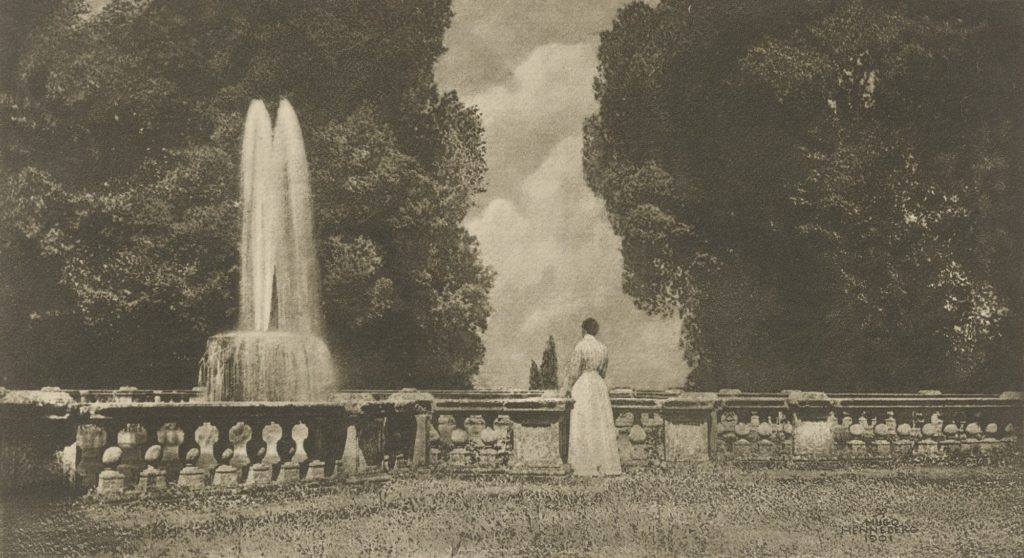

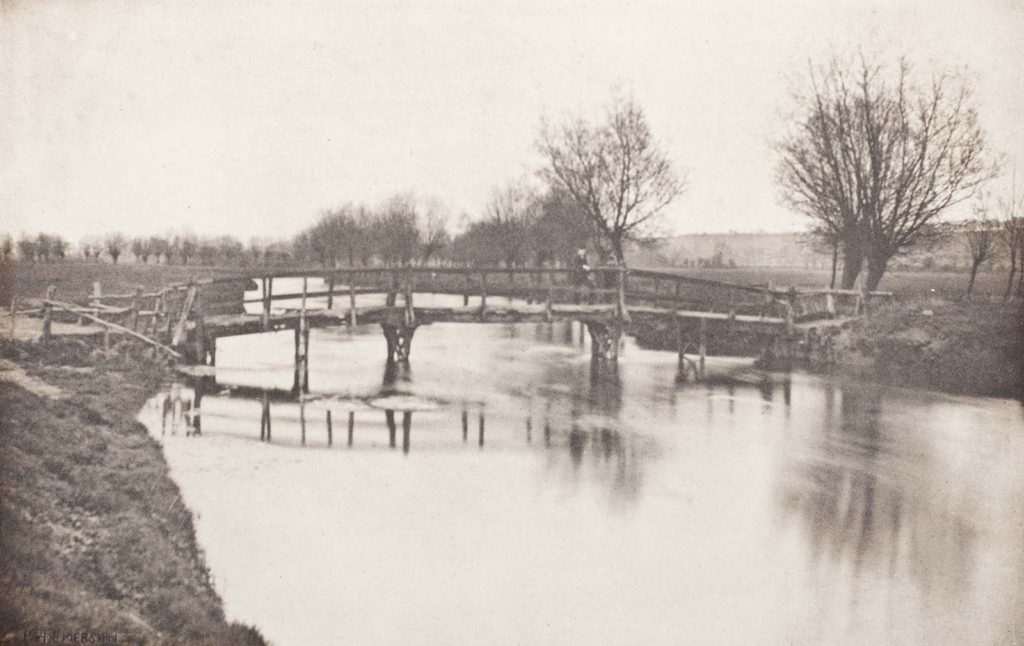


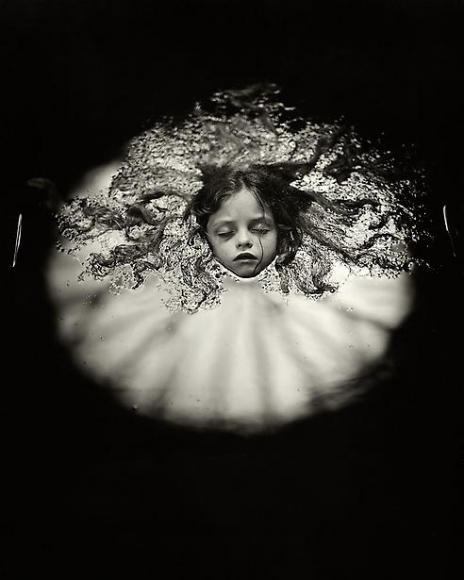
Methods/ techniques/ processes:
REALISM / STRAIGHT PHOTOGRAPHY
Time period:
Key characteristics/ conventions:
Artists associated:
Key works:
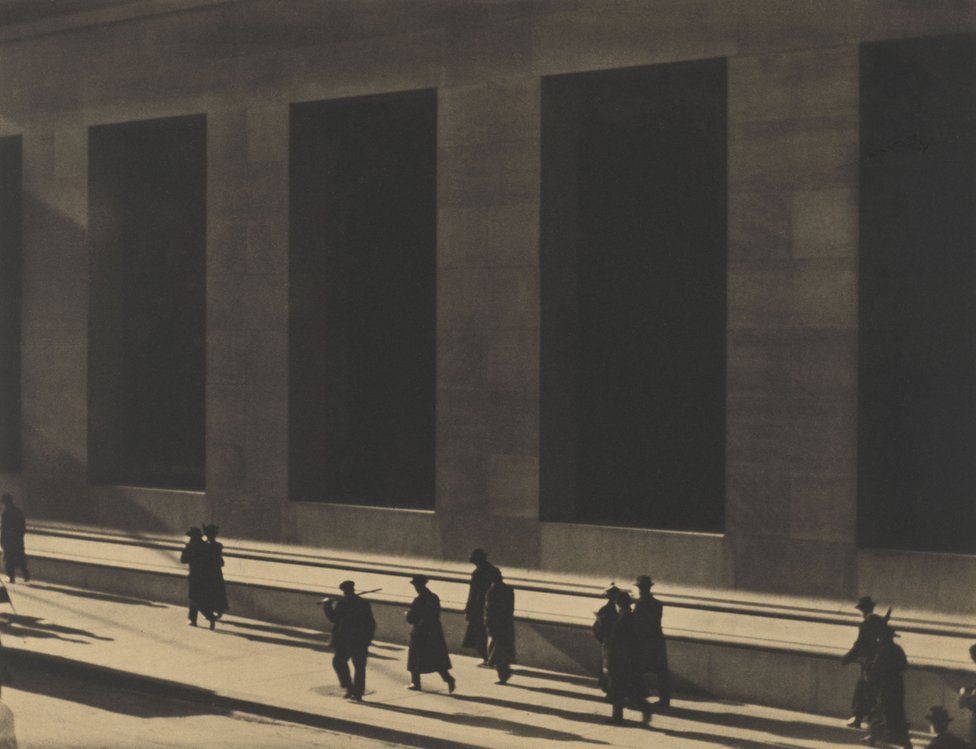

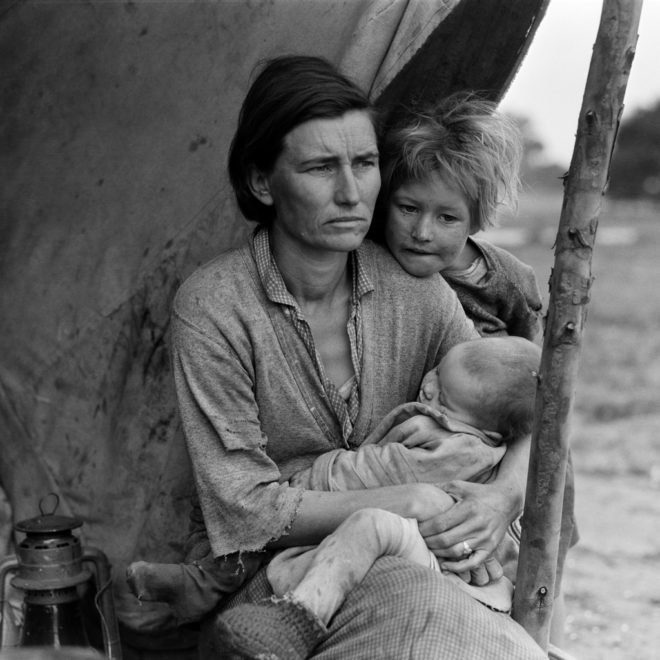
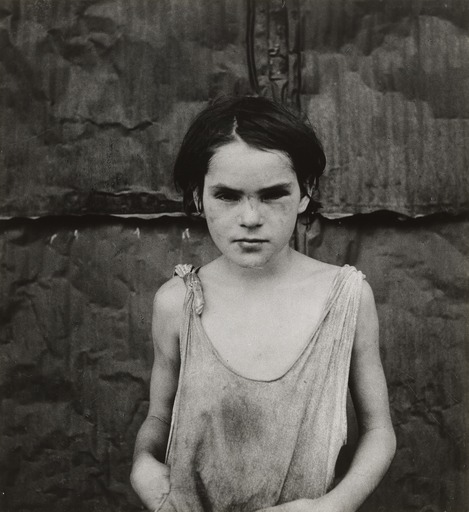



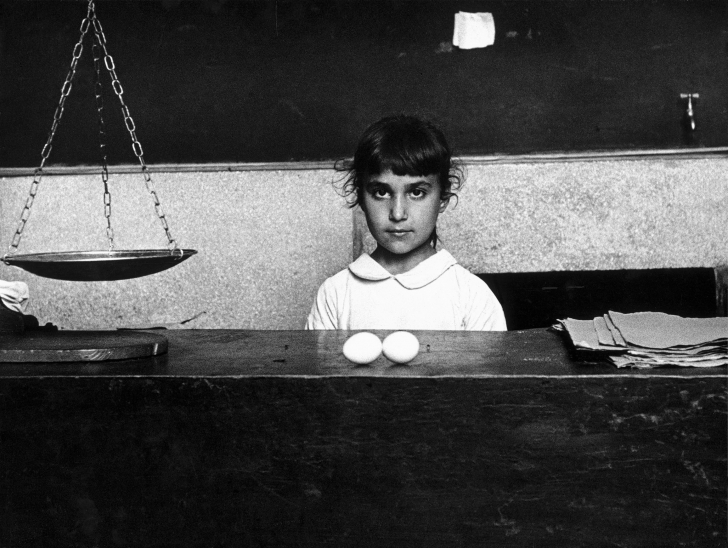

Methods/ techniques/ processes:
1880s – 1920s.



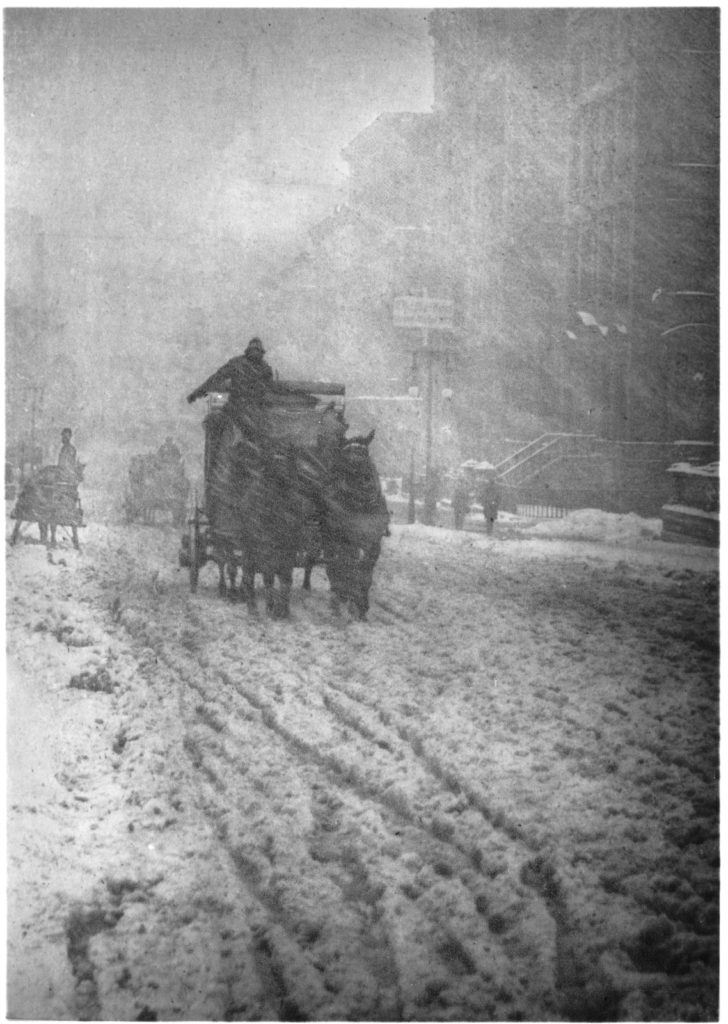

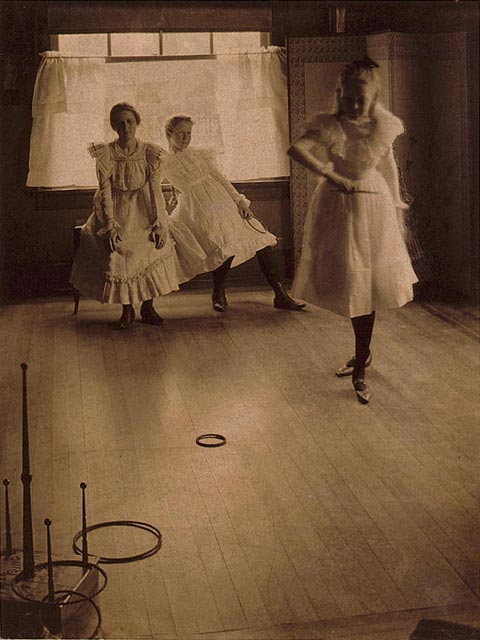
The main idea behind pictorialism was to make photography an art form and move away from using it solely to document scientific observations. To this photographers often tried to make their images look like paintings.
1910-
Opposing reaction to pictorialism. Recording the real world.


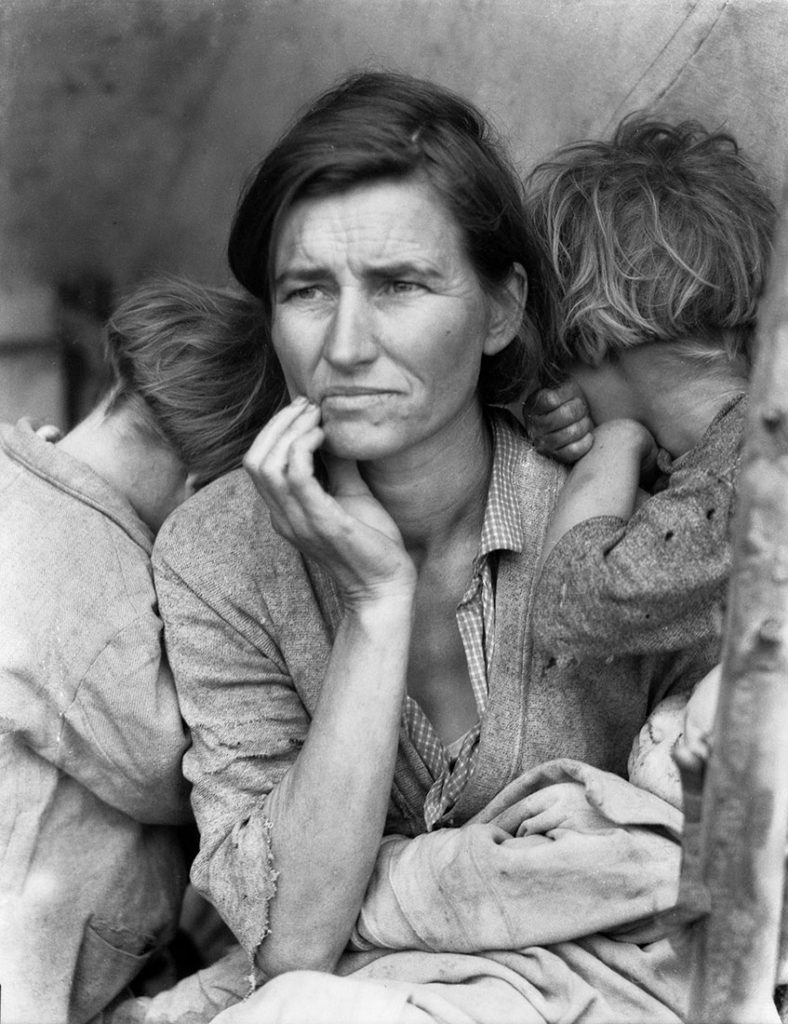
For my newspaper spread i features, multiple images on a page, a double page spread and images on their own page. I wanted to include this variety to make my newspaper more interesting and intriguing. I decided to include the portrait next to the gas mask because the black and white of the clothing is reflected but the other way with the gas mask. The gas mask can also reflect the silhouette of the couple standing. I decided to put the archival image, my own photograph of the book and the montage on the same page as it shows the intergration of archives, my own photography and then using both to create my own art. It also shows how although the war was in the past it is still current and can be used to this day. I chose to double page spread the image of the newspaper as it says islands free again but is juxtaposed as it is behind prison bars.
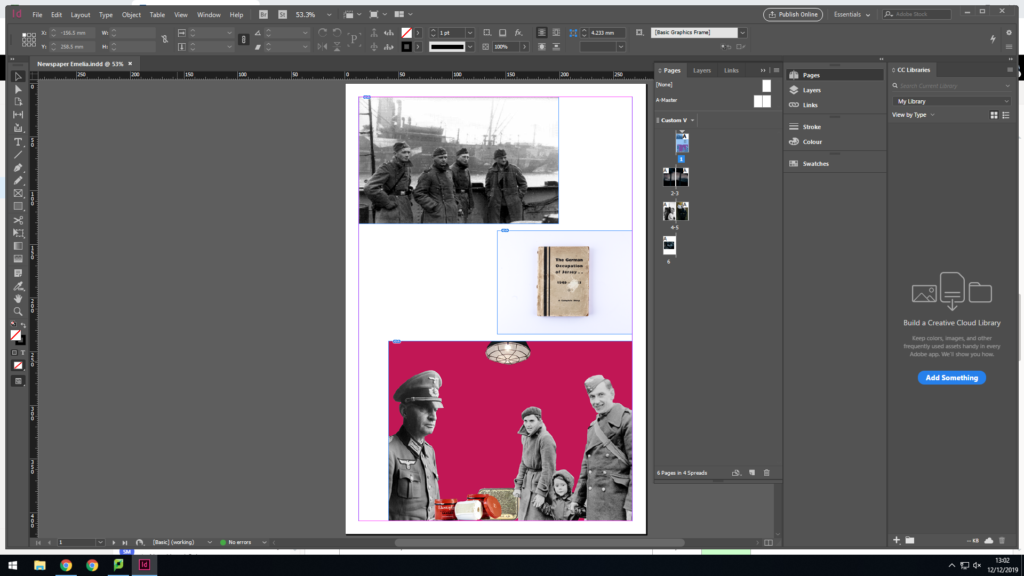

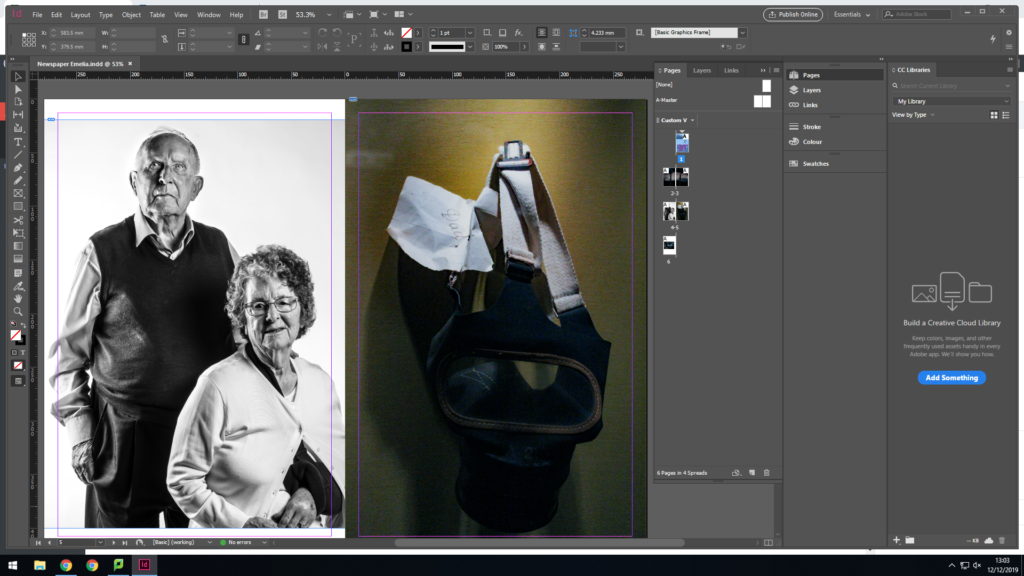

Art Movements & Isms
PICTORIALISM
Time period : 1880s-1920s
Key characteristics/ conventions : Photos had to look like paintings and drawings in order to fit in as a new medium.
Artists associated: Julia Margaret Cameron (1815-1879), The Vienna Camera Club, The Brotherhood of the Linked Ring, Photo-Secession, Sally Mann.
Key works:
Methods/ techniques/ processes: Put Vaseline in lenses to weaken the sharpness of the image. Allegorical paintings- figurative mode of representation conveying meaning other than the literal.
REALISM / STRAIGHT PHOTOGRAPHY
Time period: 1900s
Key characteristics/ conventions : provides an accurate and descriptive records of the visual world. The term ‘realism’ can mean to depict things as they are, without idealising or making abstract
Artists associated: Walker Evans, Alfred Stieglitz, Paul Strand.

Social Form Photography- Images of those in poor classes who live in slums taken by wealthy photographers in the hope that it brings light on the issue, start of photojournalism

Can a photograph lie?
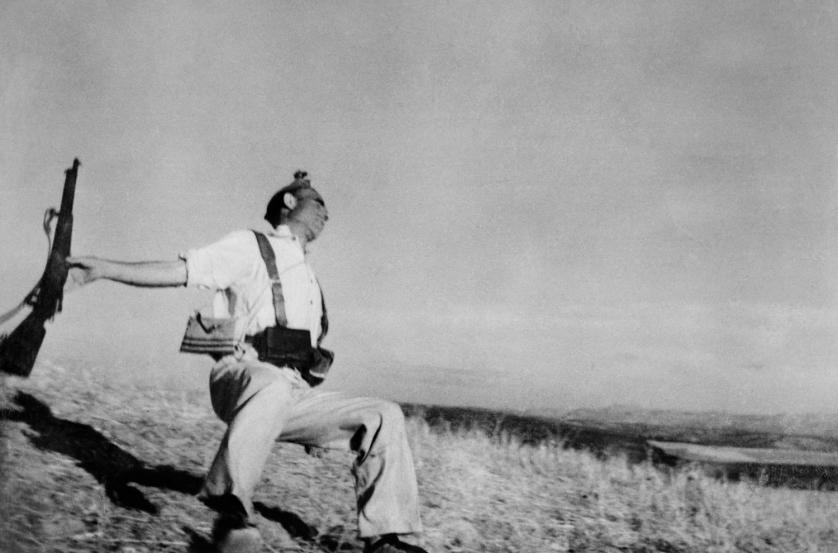
Are all photographs reliable?

A photograph is a certain delivery of facts?
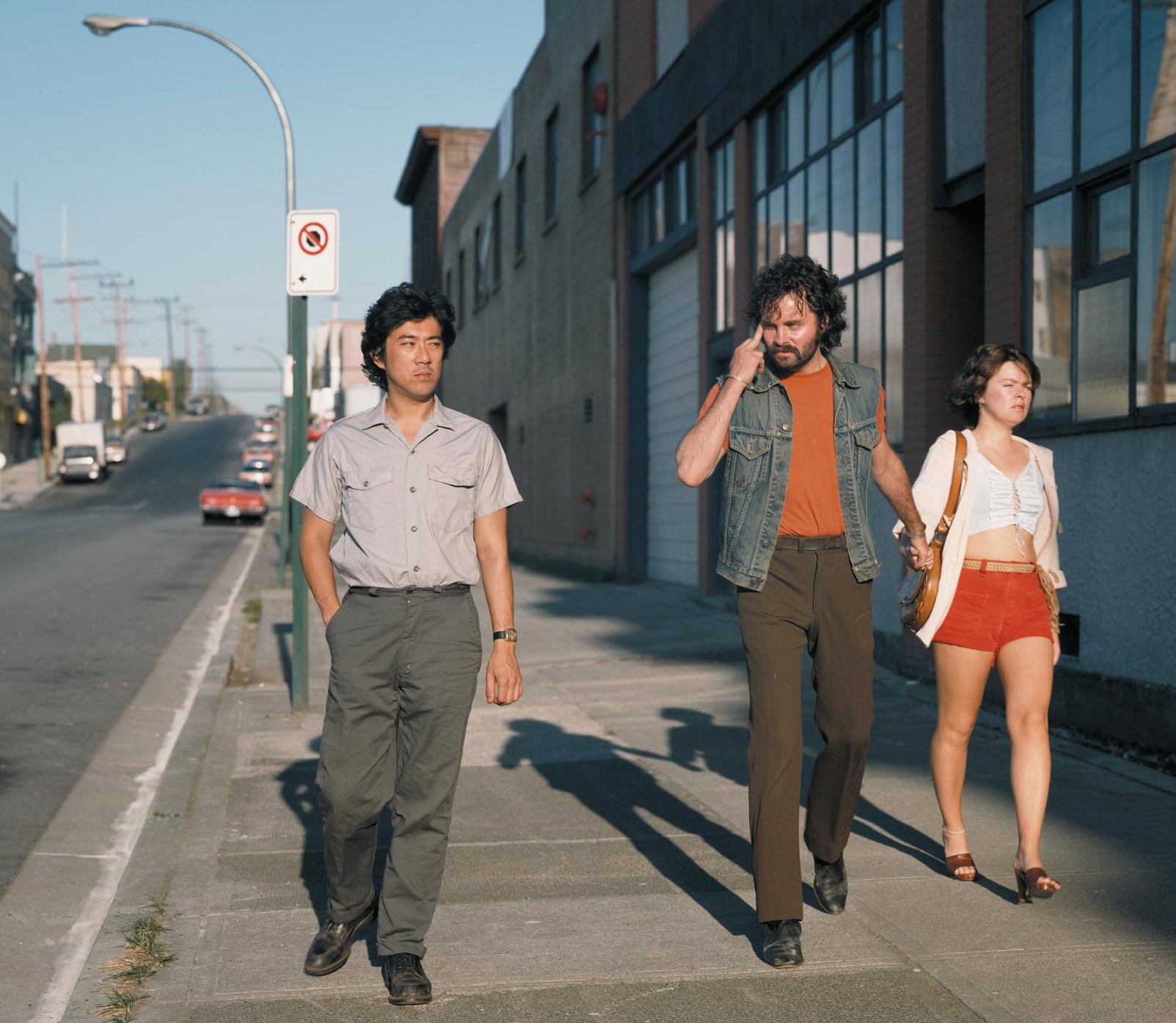
Claims of truth that most people take for granted?

You often hear a photographer saying: ‘the camera was there and recorded what I saw’.
A common phrase is to ‘shed light on a situation’ meaning to find out the truth.
‘A picture tells a 1000 words‘, is another aphorism that imply images are more reliable.
Picasso famously said: ‘We all know that art is not truth. Art is a lie that makes us realise truth.’
Magritte’s painting La Trahison des Images in which he painted a picture of a pipe with the words ‘Ceci n’est pas une pipe’ (This is not a pipe) goes some way towards an explanation.
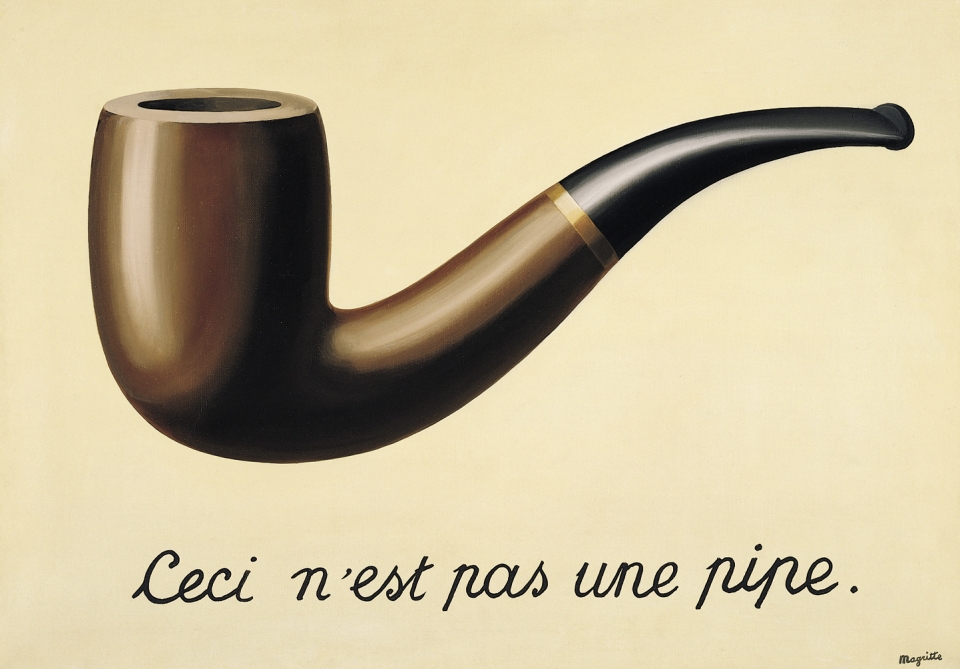
Documentary photography’s central aesthetic, political and moral associations are:
depicting truth
recording life as it is
camera as a witness.
TASKS: Produce a number of blog posts that show evidence of the following
1. ANALYSIS: Choose one image from case studies listed below that questions the notion of truth regarding the photographic image and its relationship with reality and explain why.
Follow this method of analysis:
TECHNICAL > VISUAL > CONTEXTUAL > CONCEPTUAL.
Read more here on PhotoPedagogy

2. PHOTO-ASSIGNMENT: Based on your chosen theme of Political Landscape make two images, one that you consider truthful and one that is not.
The rationale behind this task is for you to consider the nature of the photograph to be a true representation of reality. In order to complete the tasks successfully, you must read and look through supporting material and consider the bullit points too that may prompt you in your answers . It is important that you do thourough research and use direct quotes and reference from sources included below
RESEARCH: Look through this Powerpoints: Photography and Truth and also read also this text for further context: Issues in Photojournalism.
For a contemporary perspective on documentary practice read photographer, Max Pincher’s Interview: On Speculative Documentary To read this interview you must access it online from home as it is blocked the internet filter in school.
Documentary photography is based on assumptions that the photograph represents a one-to-one correspondence with reality, which is nearly accurate and adequate, and that the photographic image is capable of conveying information objectively.
Consider these points when you analyse your image
READING: Background and context of the historical, conceptual and aesthetic approaches and differences between documentary practice and tableaux photography.
David Bate (2016), Art Photography. Tate Publishing
New approaches to documentary in contemporary photography
David_Bate_The_Art_of_the_Document
On rise of Tableaux in contemporary photographic practice David_Bate_The_Pictorial_Turn
Also read and look through both these PPTs to get a basic understanding of Documentary vs Tableuax

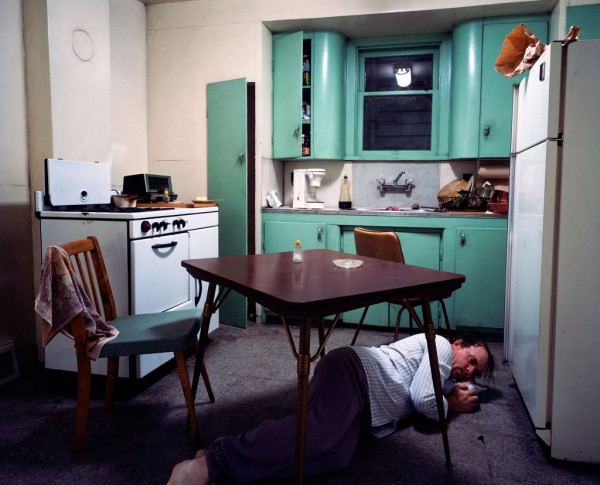
CASE STUDY 1:. In the terrorist attacks in Brussels in 2016 Fox News was reporting from the Place de la Borse. Video footage shows a young photographer posing a woman in front of a makeshift memorial: is it bad journalism ethics, or just the way it’s done?
Read the Guardian newspaper article here and make a blog post that expresses your own thoughts and views.
Further insight can be read here on Petapixel
Here is the image that photographer, Khaled Al Sabbah posted on Instagram

CASE STUDY 2: Another image from the Brussels attack has also generated a lot of chatter on social media.
A photograph of a woman in shock with torn clothes and injured foot has gone around the world.
Read a few articles here.
Following the second explosion, Kardava (the woman who took the image on her phone) fought her urge to run to a safe place. “I also wanted to take pictures. As a journalist, it was my duty to take these photos and show the world what was going on. I knew I was the only one at this spot.”

Is there a moral dilemma in photographing people injured or dying? As photojournalist should you take the image?
What is your view? How has this image become iconic of the terrorist attacks in Brussels airport?
CASE STUDY 3: Using another news images as an example, such as the drowned Syrian boy (read article here), consider if photographs can change the world or change people’s perception?
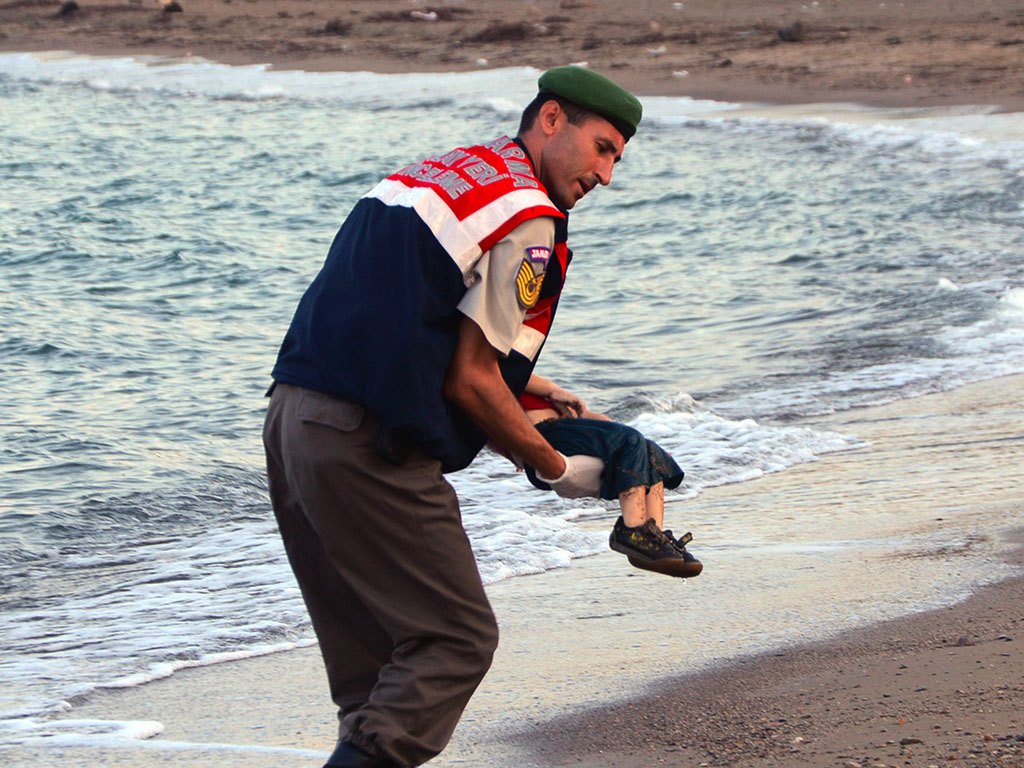
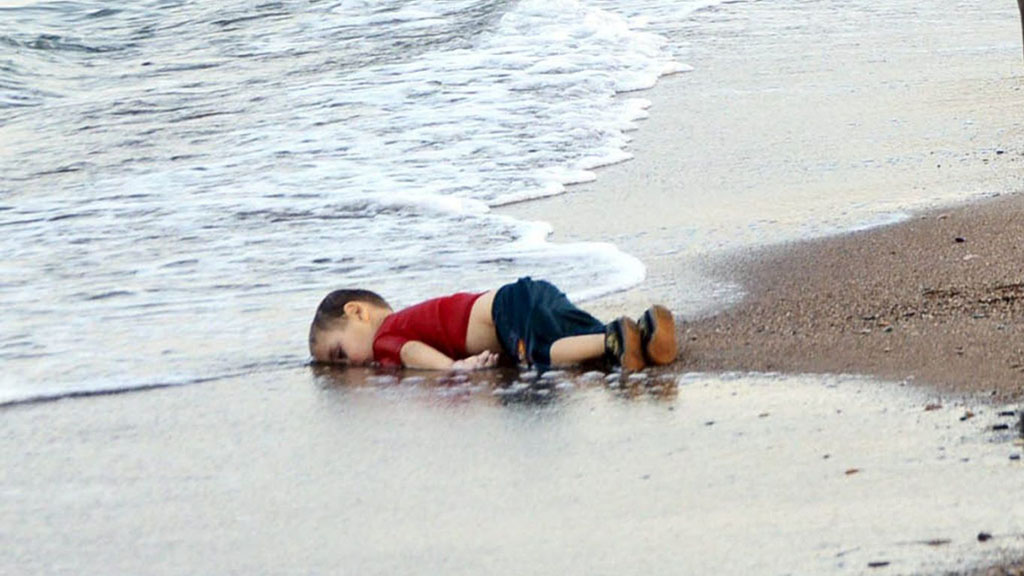
Here is a link to another article about the photographer who took the photos of the dead Syrian boy where she speaks about why she took them.
For a different point of view read this blog post by photographer and lecturer, Lewis Bush where he discuss the above in light of recent images of dead Syrian refugees in Europe. Incorporate his views and include quotes, for or against your own analysis and point of view.

CASE STUDY 4: Jeff Wall, Canadian artists known for his large scale tableaux image presented in light-boxes

Today, most of his images resemble reportage and, as such, are likely to incense his detractors, who claim he’s not a “true” photographer. His most contentious new work, called Approach, shows a homeless woman standing by a makeshift cardboard shelter in which we spy the foot of what could be a sleeping vagrant. Wall tells me it was shot under an actual freeway where the homeless congregate and that “it took a month to make, working hands-on” – but he won’t divulge just how staged it is. Is this an actual homeless woman, or an actor? Is the shelter real, or was it built by Wall’s team of assistants to resemble one?

Re-creating images from memory is crucial to Wall’s practice – perhaps because it flies in the face of the tradition of photography as an act of instant witnessing.
“Something lingers in me until I have to remake it from memory to capture why it fascinates me,” he says. “Not photographing gives me imaginative freedom that is crucial to the making of art. That, in fact, is what art is about – the freedom to do what we want.”
Read full interview with Jeff Wall here
In terms of truth or communicating an idea that make references to a real social problem such as homelessness, does it matter if the image is staged or not? Where does authenticity come into the picture?
CASE STUDY 5. The images of renowned photographer Steve McCurry, who made the famous and iconic image of an Afghan girl for a front cover of National Geography has recently been criticized for making ‘too perfect pictures’ which not only are boring but reinforces a particular idea or stereotype of the exotic other.

Read this article by Teju Cole in the New York Times Magazine which compares McCurry’s representation of India with a native photographer, Raghubir Singh who worked from the late ’60s until his untimely death in 1999, traveling all over India to create a series of powerful books about his homeland.
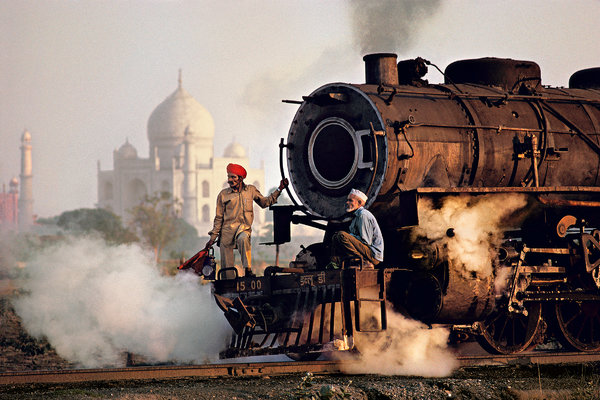

Reference to Coldplay’s new video also highlight the idea of cultural appropriation that harks back to Britain’s colonial rule and exploitation of the Orient.
Read this artcicle on Petapixel in In defense of Steve McCurry’s images
What is your view? Back it up with references to article read and include quotes for or against.
CASE STUDY 6:
Kevin Carter and The Bang Bang Club
Starving Child and Vulture
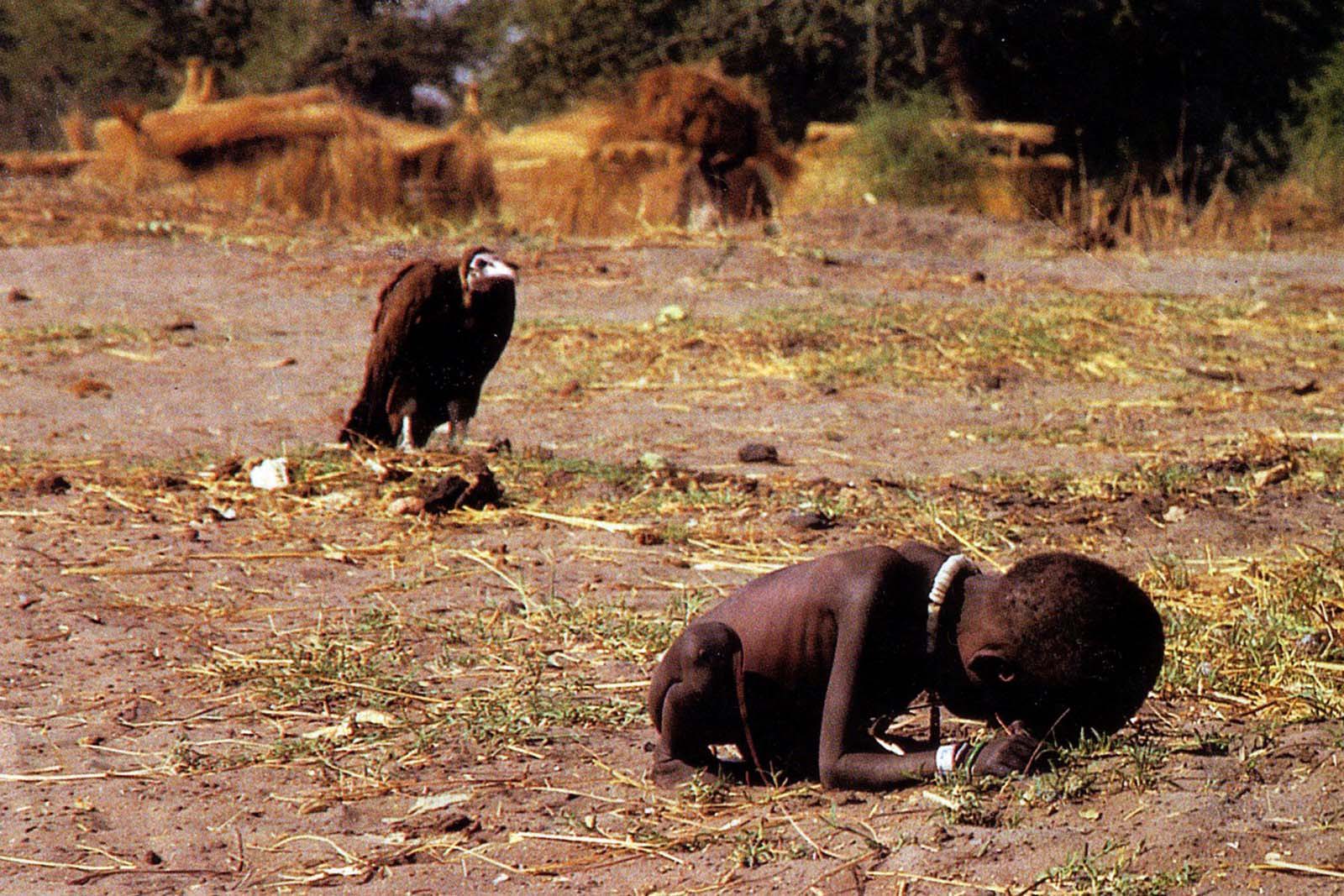
Kevin Carter knew the stench of death. As a member of the Bang-Bang Club, a quartet of brave photographers who chronicled apartheid-era South Africa, he had seen more than his share of heartbreak. In 1993 he flew to Sudan to photograph the famine racking that land. Exhausted after a day of taking pictures in the village of Ayod, he headed out into the open bush. There he heard whimpering and came across an emaciated toddler who had collapsed on the way to a feeding center. As he took the child’s picture, a plump vulture landed nearby. Carter had reportedly been advised not to touch the victims because of disease, so instead of helping, he spent 20 minutes waiting in the hope that the stalking bird would open its wings. It did not. Carter scared the creature away and watched as the child continued toward the center. He then lit a cigarette, talked to God and wept. The New York Times ran the photo, and readers were eager to find out what happened to the child—and to criticize Carter for not coming to his subject’s aid. His image quickly became a wrenching case study in the debate over when photographers should intervene. Subsequent research seemed to reveal that the child did survive yet died 14 years later from malarial fever. Carter won a Pulitzer for his image, but the darkness of that bright day never lifted from him. In July 1994 he took his own life, writing, “I am haunted by the vivid memories of killings & corpses & anger & pain.”Read more here: http://100photos.time.com/photos/kevin-carter-starving-child-vulture